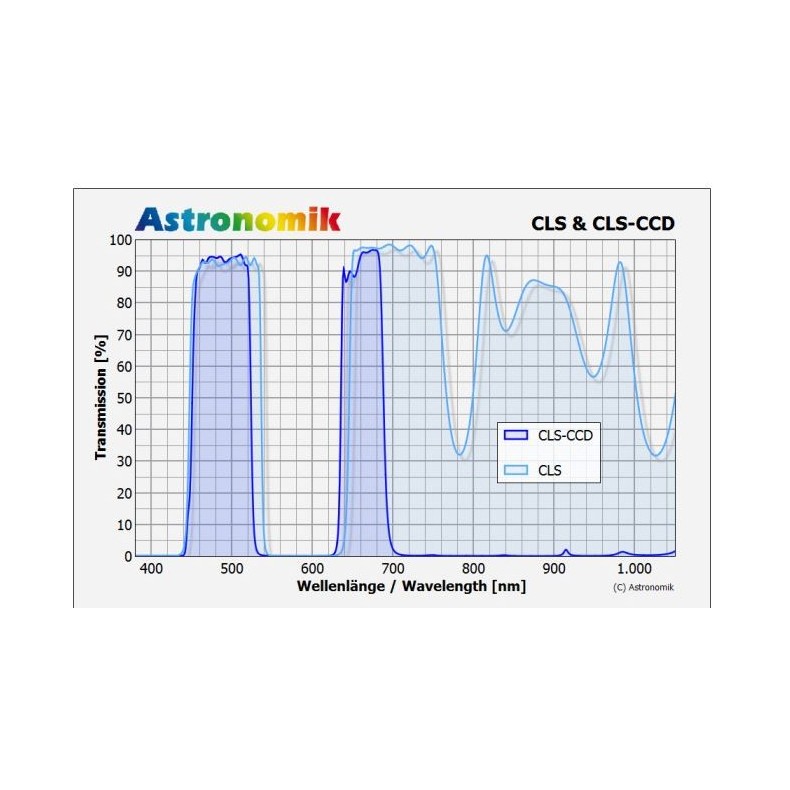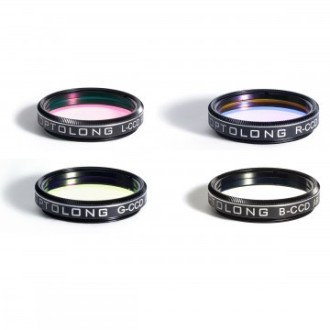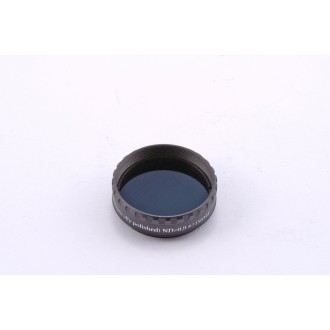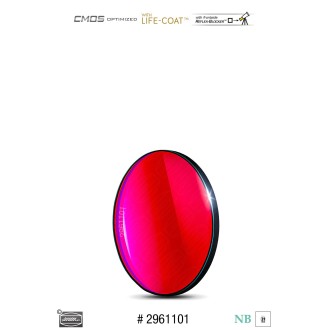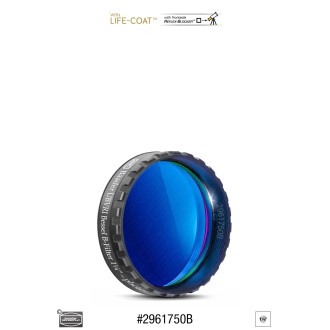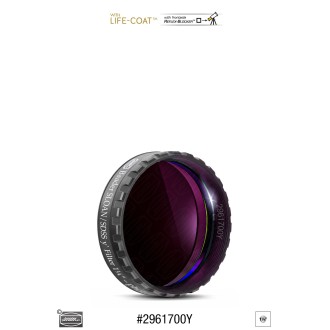Deliver it 16/23 days

Astronomik LS CCD filter, Sony Alpha, clip
Astronomik LS CCD filter, Sony Alpha, clip
the first filter we recommend is theAstronomik CLS filter. This filter significantly suppresses artificial light pollution and the airglow effect of natural nighttime luminescence.
| Carrier | Description | Estimated Delivery | ||
|---|---|---|---|---|
 |
Home delivery - International | Home delivery - International |
Thursday, 8 May - Thursday, 15 May |
|

Home delivery - International
Home delivery - International
Estimated delivery:
Thursday, 8 May - Thursday, 15 May
Astronomik LS CCD filter, Sony Alpha, clip
We help you choose:
- the first filter we recommend is the Astronomik CLS. This filter considerably suppresses artificial light pollution and the airglow effect of natural nighttime luminescence. With this filter you will enjoy a dark celestial background that will allow you to make much longer exposures and thus see fainter objects. It is optimized to show objects in their natural colors. Important: the CLS single filter is not equipped with infrared light blocking. Therefore, if you use an astromodified camera you will need the CLS-CCD filter.
- A good choice for working in places with a lot of light pollution is the Astronomik UHC filter. The transmission curve of this filter only lets through light from the H-Beta, OIII, H-Alpha and SII lines. This suppression of the sky background is much more pronounced than with the CLS filter, but it only works with gas nebulae! Star clusters and galaxies are virtually filtered out.
- If you want to go deeper into astrophotography, we recommend the OIII, H-Alpha and SII emission line filters, available in 6 or 12 nm half-width. With these filters you can get really deep captures of faint objects even in places with extreme light pollution or with the full Moon high in the sky. These lines are so thin that the photos do not come out in color.
- Owners of astromodified cameras have the Astronomik OWB filter: OWB stands for "Original White Balance". This filter corrects the shifted color reproduction of astromodified cameras so that they can be reused for conventional photography without the need to retouch each photo on the computer.



